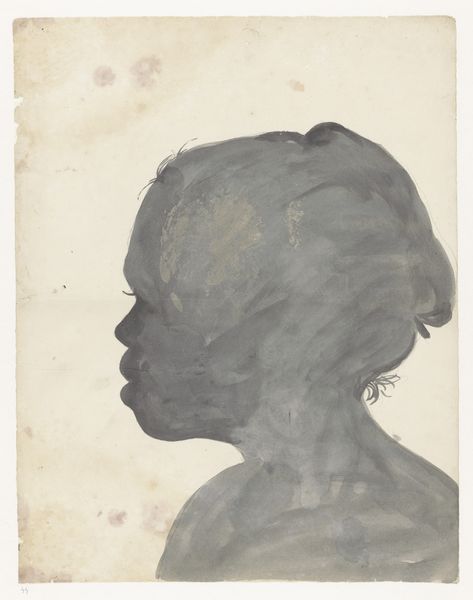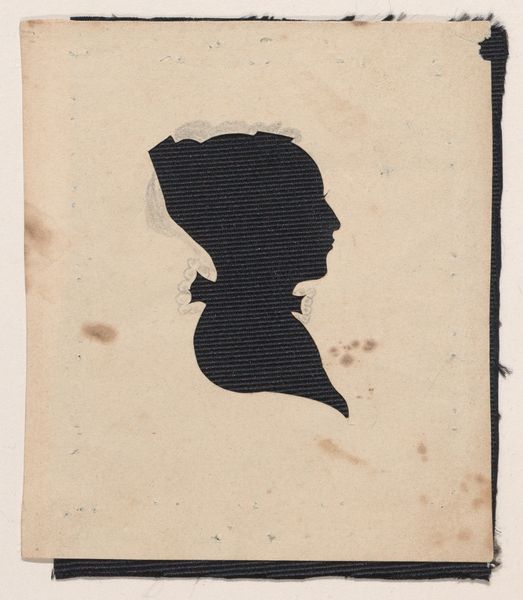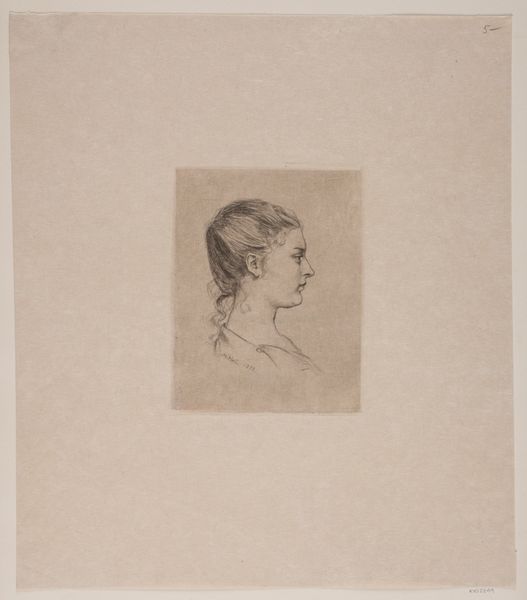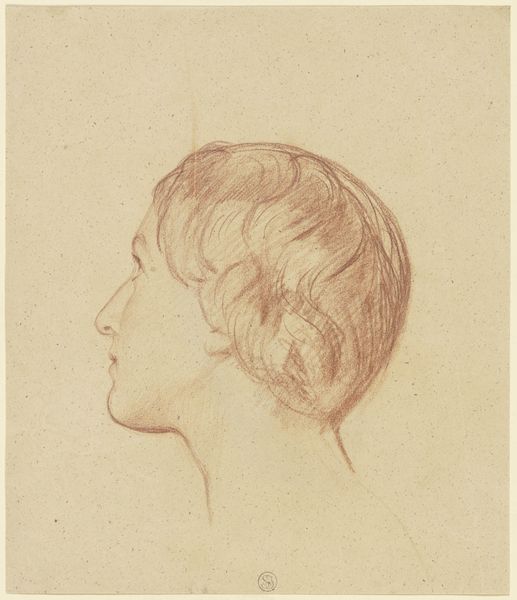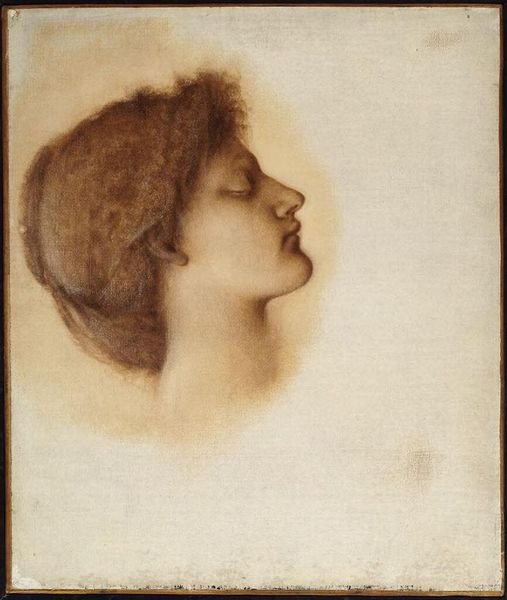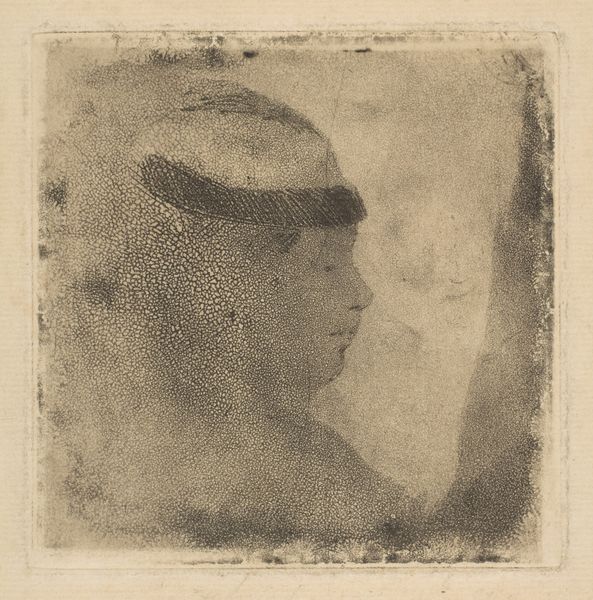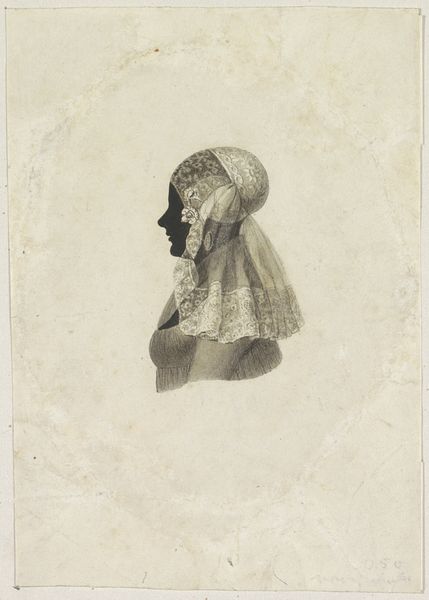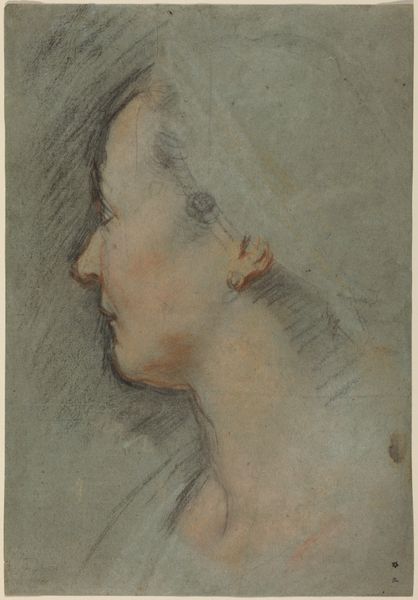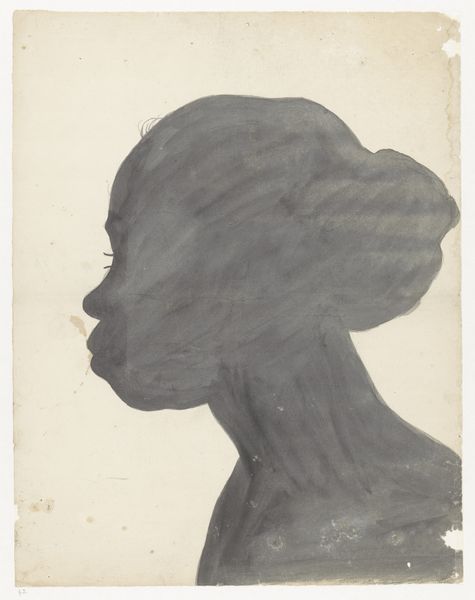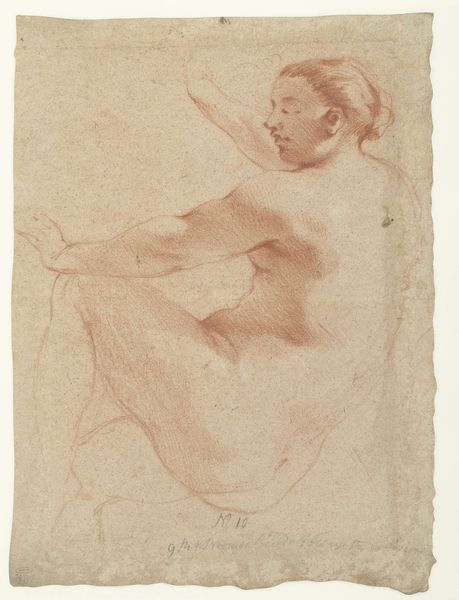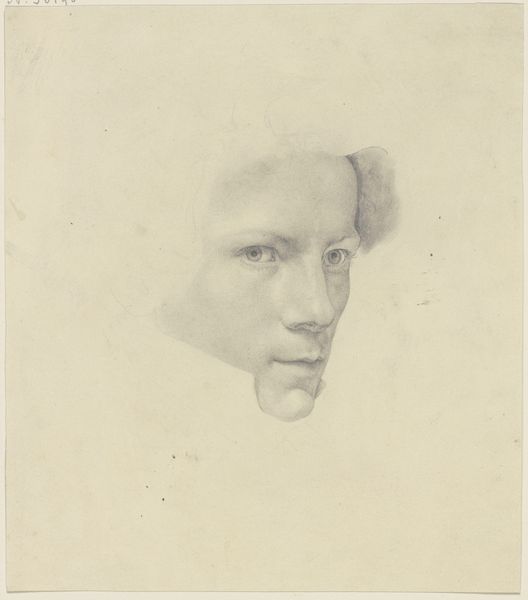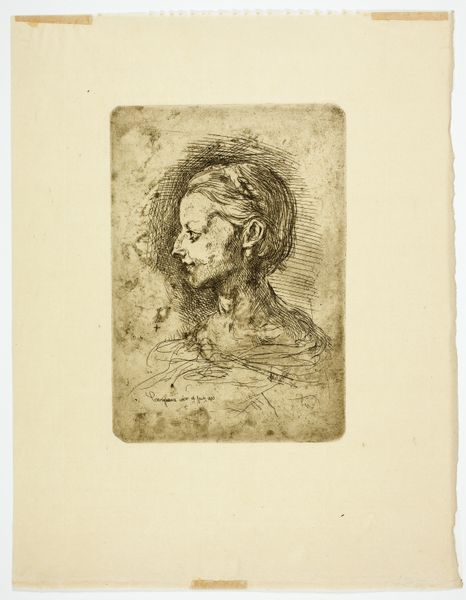
drawing, print, paper, chalk
#
portrait
#
drawing
# print
#
classical-realism
#
curved letter used
#
figuration
#
paper
#
form
#
ancient-mediterranean
#
chalk
#
line
#
history-painting
#
academic-art
#
nude
Dimensions: 275 × 205 mm
Copyright: Public Domain
Curator: I'm immediately drawn to the way the red chalk gives the piece such warmth and a feeling of softness. It's surprisingly intimate. Editor: Indeed. What we're looking at here is titled "Head of Venus de Medici," attributed to Vincenzo Dandini. This drawing on paper resides here at the Art Institute of Chicago. It represents a study of one of the most famous sculptures from antiquity. The softness you perceive might stem from its academic artistic origin. Curator: Yes, this “academic artistic origin” involved an understanding of Venus as love incarnate. She gazes distantly. Do you agree that the softness isn't just in the material but contributes to a very particular sensibility, a chaste love, set apart? The lines and subtle shading seem almost reverential. Editor: I see your point about the "chaste love." These studies were part of artistic training; emulating classical forms was believed to instill good taste and elevate the artist. Think of it less as direct reverence, and more as participation in a canon, an almost pedagogical tool meant to solidify classical norms and ideals within the visual culture of the time. The echoes of ancient authority were very powerful in the formation of artistic identity. Curator: I think those two perspectives—a pedagogical goal to reiterate classical norms and a more subjective, emotional attachment to love's eternal symbols—aren’t necessarily mutually exclusive. I find that the softness transcends the purely academic, suggesting an internalized, almost romantic relationship with classical beauty. Doesn’t her gaze suggest something more intimate than mere skill development? Editor: Perhaps the intimacy lies in how the gaze directs our focus as viewers. The profile captures an imagined beholder too. These institutions were very influential, yes, in spreading specific views. These places produced artworks but also, and importantly, consent to them. Curator: An excellent point. Seeing how different viewpoints were constructed and maintained by institutions as crucial to artistic production does not have to detract from individual inspiration. Rather, to appreciate a deeper symbolic continuity here adds nuance to a cultural memory, particularly regarding Western ideals of feminine beauty. Editor: Well put. Exploring these many layers enhances how we understand this study's creation.
Comments
No comments
Be the first to comment and join the conversation on the ultimate creative platform.
